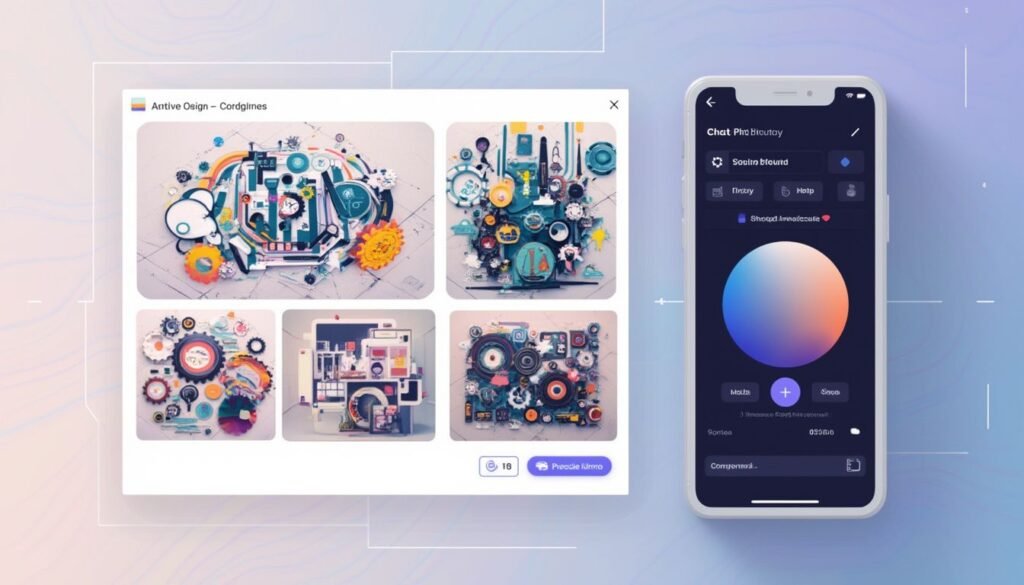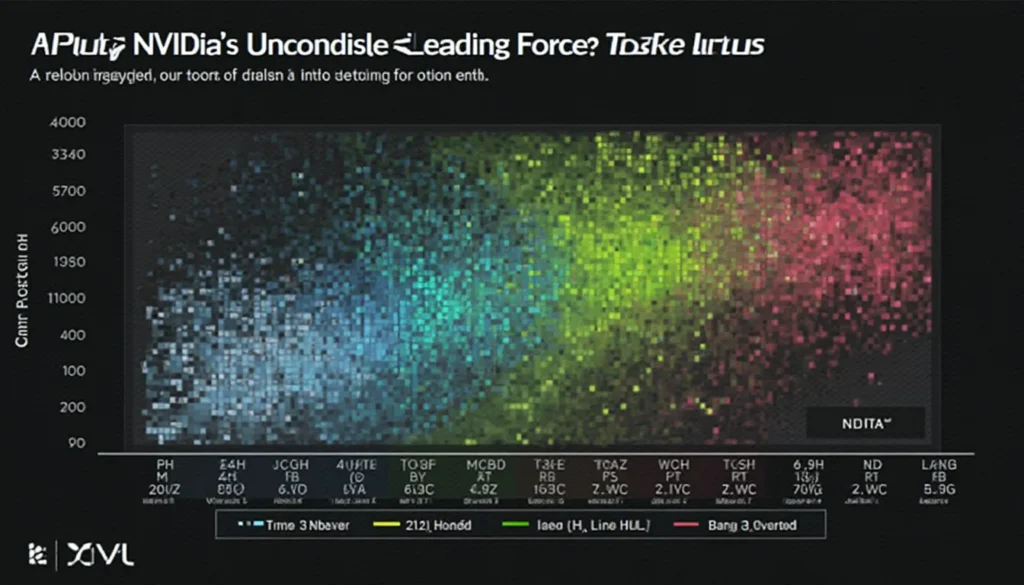In an era where technology and creativity intertwine, AI art generators have emerged as powerful tools for artists and designers alike. These innovative platforms not only simplify the art creation process but also unlock new realms of imagination and inspiration. In this comprehensive guide, we will explore the workings of AI art generators, highlight the best options available in 2023, and discuss the myriad benefits and applications these tools offer to the creative community. Whether you’re a seasoned artist looking to enhance your workflow or a designer seeking fresh ideas, this article will illuminate how AI can empower your artistic journey.
Key Takeaways:
- AI art generators harness advanced algorithms to create unique artworks.
- The article highlights the top AI art generators available in 2023 for artists and designers.
- Using AI art generators offers numerous benefits, including inspiration and efficiency.
- AI-generated art opens up creative applications in various fields beyond traditional art.
- The future of AI art generation promises exciting trends that will redefine artistic expression.
Introduction to AI Art Generators
In recent years, AI art generators have emerged as a revolutionary tool that is transforming the creative landscape for artists and designers alike. These sophisticated algorithms leverage deep learning and neural networks to analyze vast databases of visual art, enabling the generation of unique images that blend styles, themes, and motifs in ways that were previously unimaginable. For artists, AI art generators present an exciting opportunity to explore new creative avenues, pushing the boundaries of traditional art forms by providing inspiration or even serving as collaborators in the creative process. Designers can harness these innovative technologies to streamline workflows, generate concept art quickly, and customize visuals to meet specific project needs, thereby enhancing their productivity and creative output. As the intersection of technology and creativity continues to evolve, understanding and utilizing AI art generators not only fosters artistic innovation but also invites a dialogue about the future of art in the digital age.
How AI Art Generators Work
AI art generators harness the power of advanced algorithms and neural networks to transform user inputs into stunning visual artworks, merging technology with creative expression. These sophisticated tools analyze vast datasets of existing art, learning the intricacies of styles, color palettes, and composition techniques. Upon receiving prompts—whether they be keywords, images, or specific themes—the AI art generator employs techniques such as deep learning and generative adversarial networks (GANs) to produce new images that reflect the complexities of human creativity. This innovative process allows artists and designers to explore uncharted creative territories, offering them a unique collaborative partner that can inspire new ideas, enhance their artistic repertoire, and foster a deeper understanding of the artistic process through the lens of artificial intelligence.
‘Every artist was first an amateur.’ – Ralph Waldo Emerson
Top AI Art Generators of 2023
In the rapidly evolving landscape of digital creativity, the top AI art generators of 2023 stand out as transformative tools for artists and designers seeking to push the boundaries of their craft. Platforms like Midjourney and DALL-E 2 have gained popularity for their ability to generate stunning, high-resolution images from simple text prompts, enabling users to explore new artistic visions with remarkable ease. These AI art generators not only serve as a wellspring of inspiration, fostering innovative concepts, but they also empower creators to generate unique styles and compositions that blend traditional techniques with cutting-edge technology. Furthermore, tools such as Runway and DeepArt leverage advanced algorithms to enhance and manipulate existing works, offering artists the opportunity to refine their creations while experimenting with unconventional aesthetics. For designers, integrating these AI tools into their workflow not only enhances productivity but also opens avenues for collaboration between human creativity and machine learning, ultimately redefining the artistic process in ways previously unimaginable.
Benefits of Using AI Art Generators
AI art generators have revolutionized the creative landscape for artists and designers by providing tools that enhance the imaginative process, foster innovation, and expand artistic boundaries. These advanced algorithms can rapidly transform simple prompts into intricate visual interpretations, offering a unique collaborative experience between human creativity and machine learning. By utilizing AI art generators, artists can experiment with styles, colors, and compositions that they may not have considered, thereby overcoming creative blocks and sparking new ideas. Moreover, the ability to produce high-resolution images in a fraction of the time typically required allows designers to streamline their workflows, focusing more on conceptualization and refinement rather than tedious execution. This synergy not only accelerates project timelines but also elevates the standard of creativity in various domains—from marketing campaigns to personal art projects—empowering new generations of creators to explore fresh directions in their work.
Creative Applications for AI-Generated Art
In the evolving landscape of digital creativity, AI art generators have emerged as powerful tools that empower artists and designers to transcend traditional boundaries of artistic expression. These innovative platforms harness complex algorithms to produce unique visual works, enabling creators to explore concepts that were previously unattainable. Artists can use AI-generated art to generate expansive ideas that serve as the foundation for their projects, creating an enriching dialogue between human intuition and machine learning. Designers, on the other hand, can leverage these generative capabilities to iterate on visuals rapidly, experimenting with color palettes, styles, and compositions that resonate with their target audiences without the physical limitations of manual processes. The resulting fusion of human and machine creativity opens exciting pathways for collaboration and inspiration, encouraging practitioners to reimagine their workflows and challenge conventional definitions of authorship in art.



